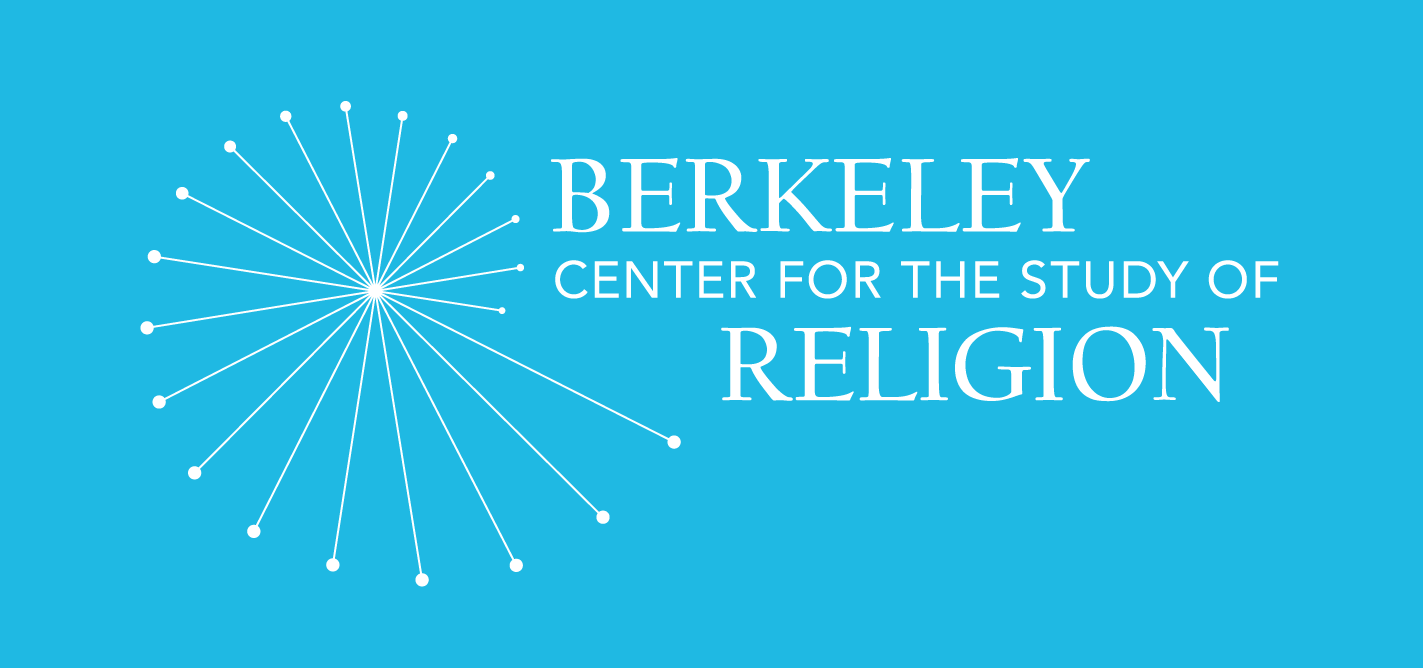The Rise and Fall of Strict Separation: Politics, Institutions, and Secularism in Postwar America
3401 Dwinelle Hall
Damon Mayrl, Assistant Professor of Sociology, Universidad Carlos III de Madrid; and Visiting Scholar, BCSR
Since the mid-twentieth century, American education has been governed by a peculiarly strong form of secularism, often termed the “strict separation of church and state,” which forbids both devotional exercises in public schools and public funding for religious schools. Since the late 1990s, however, strict separation has been challenged on multiple fronts, and many legal commentators now anticipate a profound transformation in church-state policy. In this talk, I analyze the changing fortunes of strict separation through a political-institutional lens. I argue that the rise of strict separation in the 1940s depended both on the dynamics of religious politics at midcentury, and on a set of institutional features that made American courts particularly receptive to proponents of strict separation. Recent developments, however, have transformed the dynamics of religious politics and destabilized the institutional supports for strict separation, weakening the social foundations on which strict separation rests. This analysis both demonstrates the importance of incorporating institutions more centrally into theories of secularization, and provides a new framework for understanding a variety of recent developments in American law and politics.
Damon Mayrl is Assistant Professor of Sociology at Universidad Carlos III de Madrid, and a Visiting Scholar at the Berkeley Center for the Study of Religion. His research interests include comparative secularization, religion and politics, historical methods, and public policy. His first book, Secular Conversions: Political Institutions and Religious Education in the United States and Australia (forthcoming, Cambridge University Press), examines how political conflict and institutional structures shaped patterns of secularization in the United States and Australia since 1800. His writings have also appeared in Social Forces, Social Science Research, Journal for the Scientific Study of Religion, European Journal of Sociology, and Sociological Inquiry.
